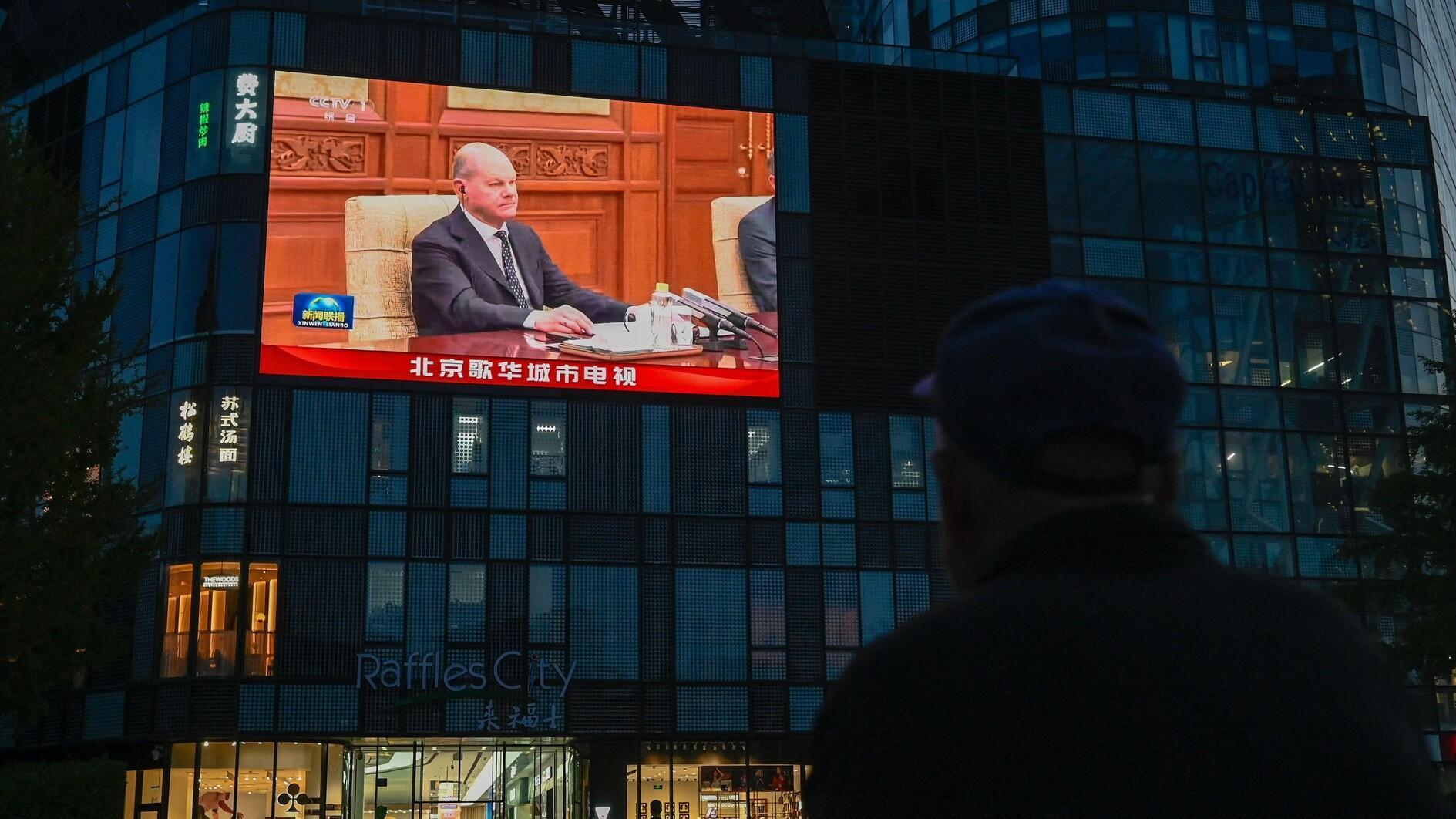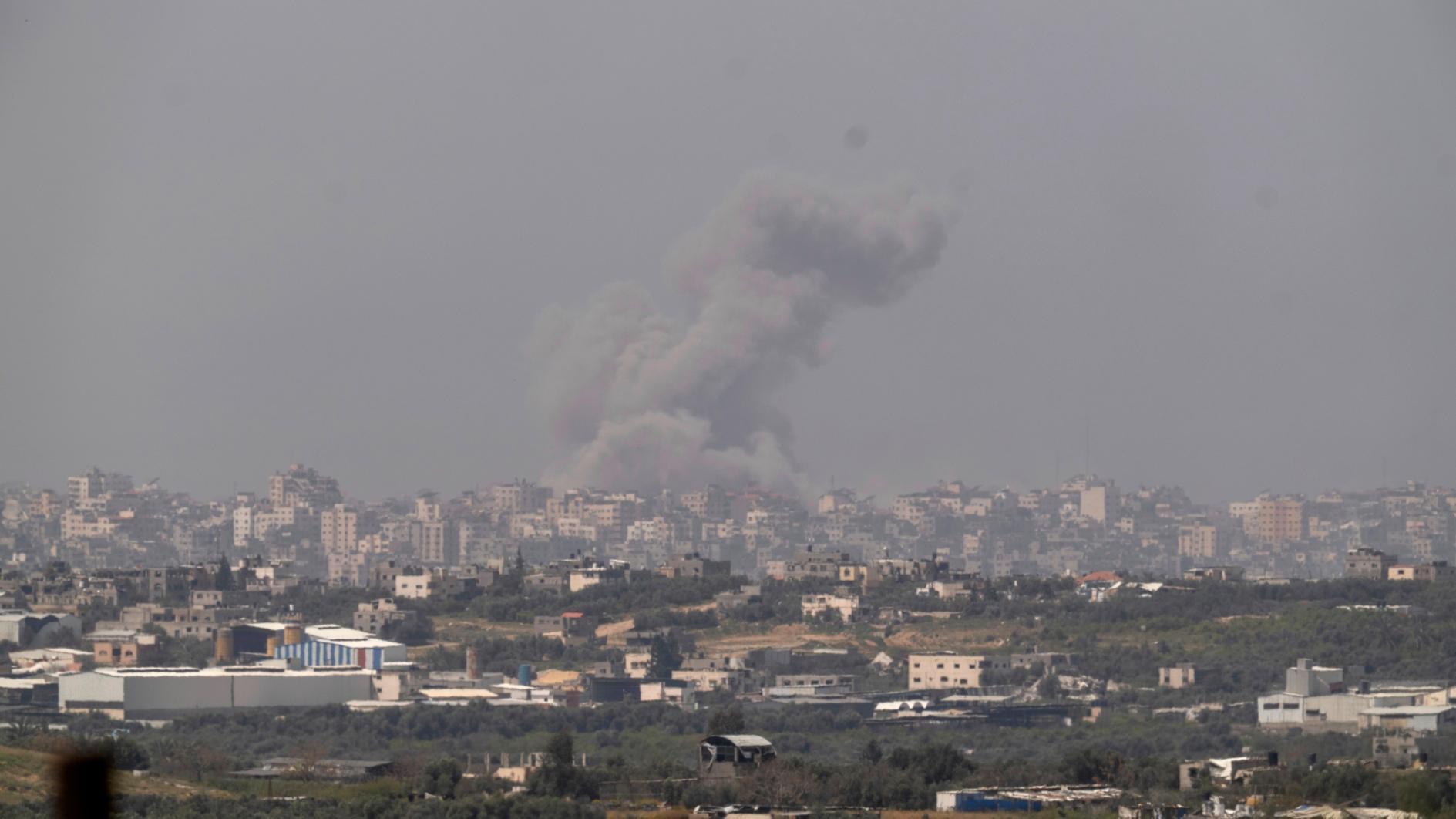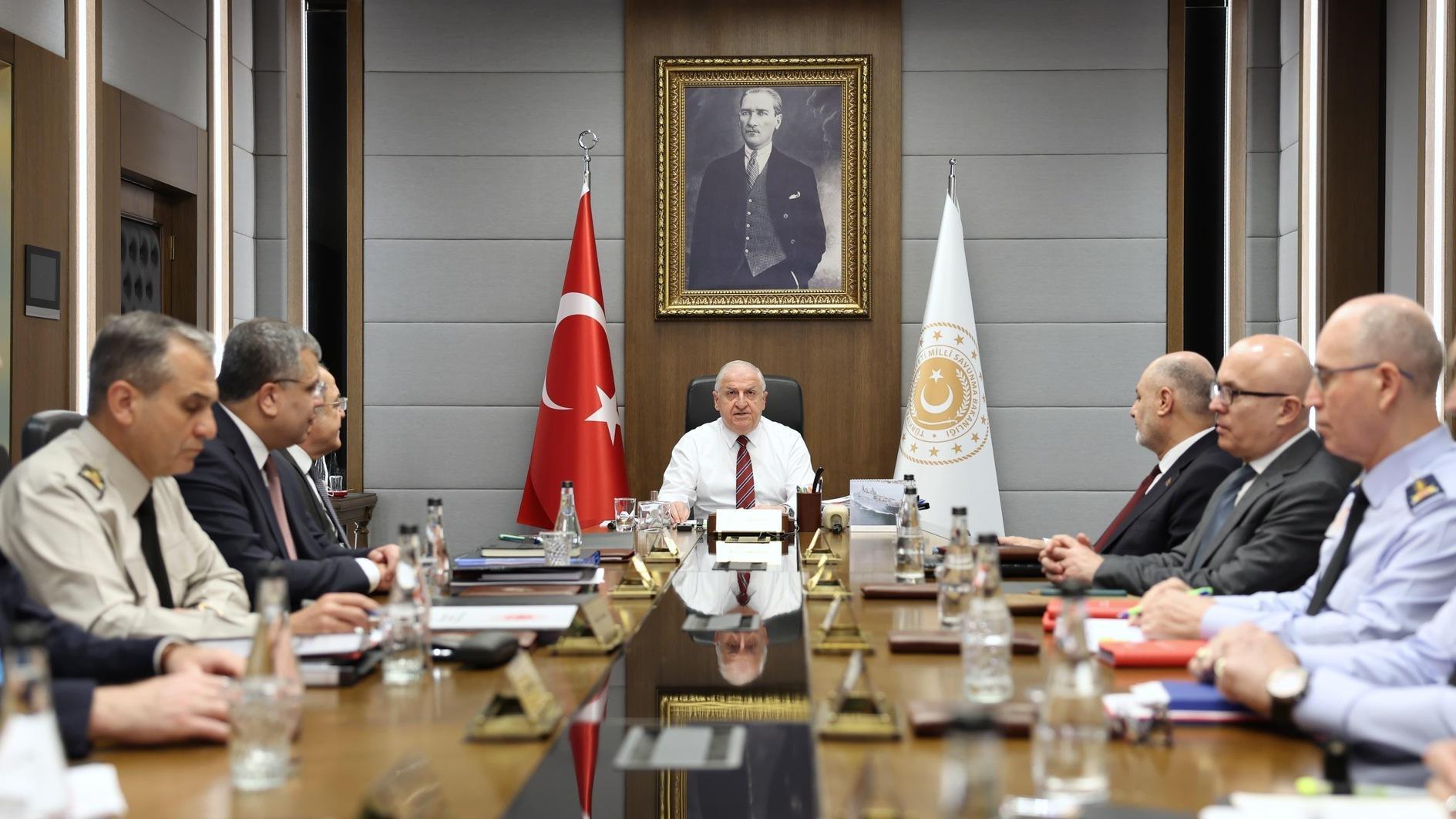Giant mural tells Palestine’s 3,500-year-old history
NABLUS - Anadolu Agency

The mural ends with a painting in which Israel’s notorious separation barrier is destroyed as a young Palestinian man passes through it while waving a Palestinian flag. AA Photo
As many as 25 Palestinian artists are working on what could be the crowning artistic achievement of their lives - and the Arab world’s largest-ever mural. But for the artists working on the unfinished project, the 1,000-square-meter mural, dubbed “Huna Canaan” (“Here is Canaan”), isn’t just a painting. Rather, it’s an illustration of more than 3,500 years of Palestinian history.“We’re artists coming from all over Palestine with a message of ‘freedom’ that we would like to deliver to the entire world,” the group’s coordinator Areeg Thawabi told the Anadolu Agency. The giant mural is being painted on the wall of the Nablus Stadium in the West Bank. Thawabi said the group had to use one wall of the Nablus Stadium due to the lack of a larger canvas. “But if we find a larger space, we’ll surely paint on it,” she said. The mural begins with a scene of a Canaanite woman working the land.
“Canaan” is the oldest name associated with the land of Palestine. Other scenes portray the “Nakba” (the dispossession of the Palestinians and concurrent establishment of Israel), the Intifada and the occupation of the holy city of al-Quds (Jerusalem), along with a painting dedicated to the late Palestinian leader Yasser Arafat.
Ending of the mural and paintings
The mural ends with a painting in which Israel’s notorious separation barrier is destroyed as a young Palestinian man passes through it while waving a Palestinian flag, a reference to the end of the Israeli occupation and the establishment of an independent Palestine. “It is being painted on the wall of the Nablus Stadium to portray the most important stages of Palestine’s ancient and modern history,” Majdi Mushin, a spokesman for the artists, told the Agency. When finished, the mural - at 130 meters long and seven meters high - will be the fourth largest mural in the world and the largest in the Arab region.
Currently, the largest mural in the Arab world is Iraq’s 700-square-meter Babylon Mural. Salma Musleh, a 27-year-old painter originally from al-Quds, joins artists and people of other professions who have been working on the mega-painting for more than two months. She said they had been working on the painting eight hours a day in order to finish it as quickly as possible. The project coordinator Wael Dwiekat said the cost of the massive mural was expected to exceed 250,000 Israeli shekels (approximately $70,000). “My colleagues and I have been working hard on this project, which we consider a national duty,” he told the Agency.
However, a recent funding shortfall has forced the group to suspend work for two weeks. “We have paid out of our pockets in order to finish the piece,” Dwiekat said. “Government entities failed to adequately support us,” he said.
The artists, who call themselves the “Athens group” after the world-famous School of Athens fresco by the Italian Renaissance artist Raphael, hope to paint similar images all over the land of Palestine and aspire to represent Palestine at international art events. She added, the group would never consider painting on Israel’s separation wall, because “it represents the ugliest form of occupation in history.”
















